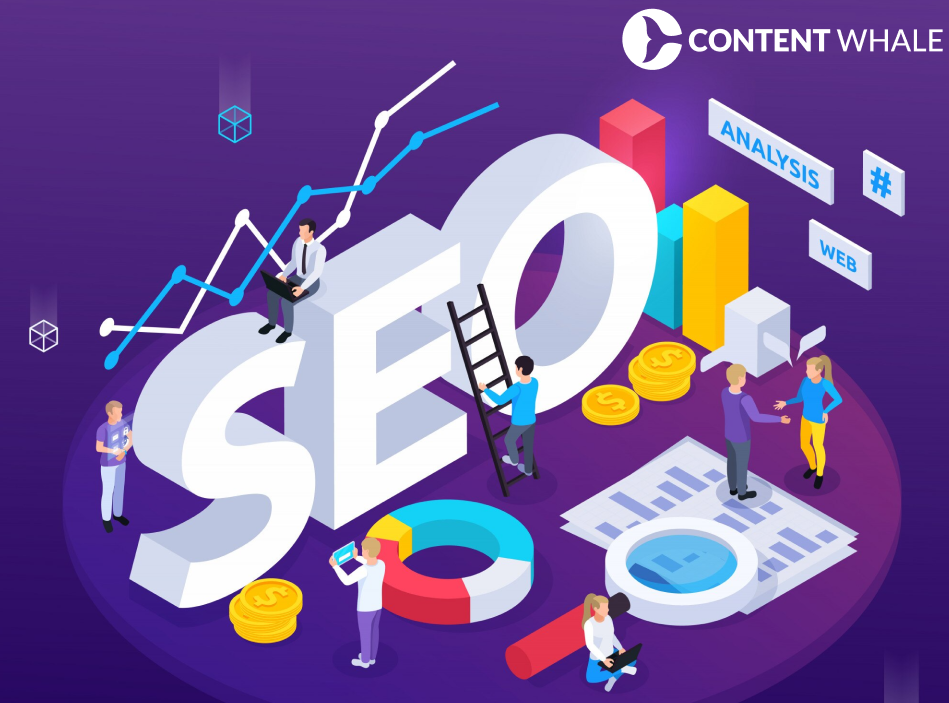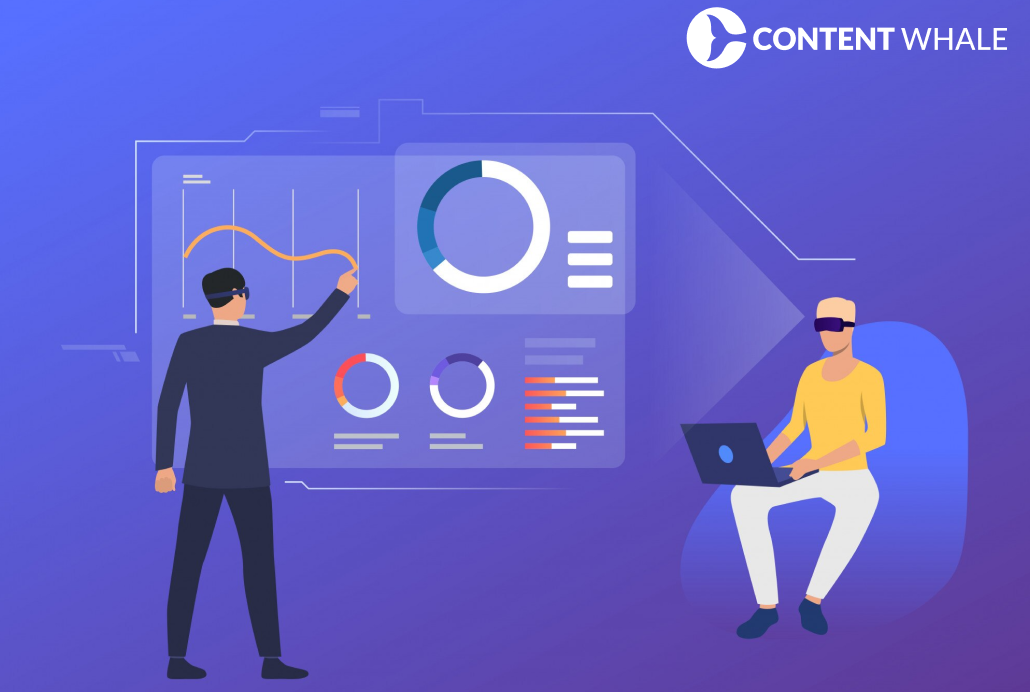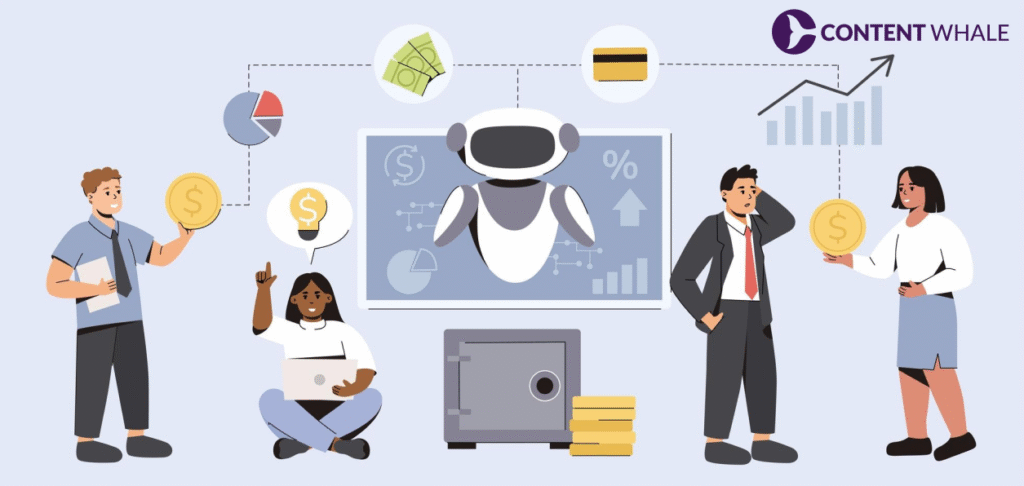AI-driven search has changed how visibility works online. Google’s Search Generative Experience (SGE), Perplexity, and ChatGPT no longer depend on keyword ranking alone. They extract verified, structured, and semantically rich information directly into AI-generated summaries.
Programmatic SEO gives websites a framework to thrive in this shift, turning structured data, schema, and automation into a system that AI models can interpret, trust, and cite.
If you want to understand the fundamentals of automation-based SEO, refer to The Complete Master Guide, which explains the frameworks that make this strategy scalable and sustainable.
Understanding AI Search Visibility
AI search visibility measures how often your content appears within AI-generated responses. Unlike traditional search rankings, AI inclusion depends on context, accuracy, and relational meaning.
Programmatic SEO bridges this change by producing structured pages that make your brand’s data readable to large language models. It ensures every page communicates purpose, hierarchy, and relevance, three factors AI engines prioritize when curating responses.

Structuring Content for AI Comprehension
AI systems analyze relationships rather than isolated keywords. Programmatic SEO allows you to build templates that express those relationships clearly.
For example:{Brand} offers {Service} to {Audience} across {Location}.
This pattern helps AI models map your brand’s relationships to industries, services, and geographies. Over time, consistent logic across thousands of pages strengthens your domain’s contextual authority.
Structured content not only improves AI interpretation but also enhances internal linking and entity mapping, key factors for appearing in AI summaries.
Strengthening Factual Reliability
Accuracy is the foundation of AI visibility. Generative models prioritize data they can verify through structure and consistency.
Programmatic SEO allows the automatic inclusion of structured schema such as Product, HowTo, or FAQPage. Embedding citations, reference data, and factual context tells AI systems your content is grounded in evidence.
A 2023 Journal of Web Engineering study found that structured markup improved machine comprehension by 46% compared with unstructured content. Likewise, a Stanford HCI Lab report (2024) showed that transparent author and date signals improved perceived trust by 18% in AI summarization outputs (Source).
When applied at scale, these elements make your content more reliable and retrievable for AI citation.
Building Semantic and Internal Link Networks
AI models depend on semantic context. They learn from how concepts relate across multiple pages.
Programmatic SEO automates internal linking between topics that share entities or attributes, such as linking AI testing software with machine learning QA frameworks.
This interlinking allows AI crawlers to trace conceptual relationships across your site. It mirrors how knowledge graphs are structured, helping AI systems perceive your brand as a connected data source instead of isolated content pieces.
Automating Data Freshness Signals
Recency is another factor that influences AI retrieval. Search systems prefer updated information because it reflects ongoing accuracy.
Programmatic workflows can automatically refresh product data, statistics, or case details in real time. When the dataset updates, connected pages refresh simultaneously.
According to Google Search Central (2024), freshness signals directly affect the selection of content for AI responses. For instance, an ecommerce platform that updates its catalog daily has a higher chance of being featured in AI product listings than one that updates weekly (Source).

Embedding Structured Data for AI Retrieval
Structured data bridges the gap between human readability and machine interpretation.
Using JSON-LD schema, programmatic SEO can automate markup for thousands of pages. Schema types like Article, Organization, and FAQPage define relationships that AI models recognize instantly.
A 2022 W3C Data Study showed that consistent schema usage increased entity recognition accuracy by 32% across AI indexing systems. In other words, structured data is not decoration, it’s the language AI understands (Source).
Creating AI-Friendly Summary Blocks
AI systems rely on short, fact-based snippets to build their summaries. Including concise 40–50 word answer blocks at the top of each programmatically generated page improves extractability for AI-driven tools like Google SGE and Bing Copilot.
These micro-summaries perform two tasks simultaneously, they capture featured snippet potential for users and offer ready-to-quote sentences for AI models.
Consistency across templates helps AI identify your brand as a dependable source for factual quick references.
Scaling Authority Through Multi-Source Validation
Generative AI engines favor data that aligns with multiple credible sources. The more your content is validated externally, the higher the likelihood of inclusion in AI responses.
Programmatic SEO simplifies this process. You can embed outbound references to academic studies, market reports, or verified APIs across all generated pages.
A 2023 MIT CSAIL paper found that content corroborated by at least two external references was ranked 22% more reliable by AI retrieval systems. Multi-source validation establishes credibility, transforming your brand into a consistent node in the AI citation graph.
Optimizing for AI Indexing and Zero-Click Results
Programmatic SEO makes it possible to design for visibility without clicks. With schema-ready templates and answer fields, your website can appear in AI-generated panels, snippets, and summary cards.
These structures allow AI to extract factual information directly while still crediting your source. Proper formatting of lists, questions, and numeric data improves your odds of inclusion.
Over time, this form of optimization helps brands remain visible even as user behavior shifts away from traditional clicking toward AI-driven consumption.

The Economics of AI Visibility
Automation creates measurable efficiency. A 2023 Harvard Business Review study found that teams implementing automated content workflows achieved 25–50% productivity gains, primarily through faster approval cycles and reduced manual editing. Similarly, McKinsey Global Institute data shows automation can reduce operational costs by up to 30% and speed up routine publishing processes by 40–60% (Source).
In AI search, this means lower production costs and faster adaptation to algorithmic changes. Each new page strengthens the overall dataset rather than fragmenting it.
For businesses managing high-volume data, SaaS platforms, ecommerce stores, or marketplaces this compounding effect creates long-term visibility with predictable returns (Source).
Best Practices for Implementing Programmatic SEO for AI Search
To align your programmatic strategy with AI visibility, focus on these principles:
- Structure around entities, not keywords. Use variables like product, industry, or region as data anchors.
- Keep schema consistent. Apply uniform JSON-LD templates across all generated pages.
- Maintain recency. Automate updates to reflect new data or changing market conditions.
- Integrate internal link logic. Let your database connect related pages automatically.
- Avoid overproduction. Prioritize quality, not just quantity. AI models penalize repetitive or shallow pages.
When executed systematically, these practices create an ecosystem that AI crawlers can easily interpret and trust.
How Content Whale Can Help?
At Content Whale, we don’t just automate, we build precision systems that combine technology with human insight. Our approach to programmatic SEO is designed for the next generation of AI-driven search.
1. Strategic Data Frameworks
We analyze your business model to identify repeatable data patterns, product details, service areas, feature lists, or reviews. These become the foundation for structured, SEO-ready datasets.
2. Schema and Entity Engineering
Our SEO specialists deploy large-scale schema architecture that connects every page to your brand’s knowledge graph. Whether through FAQ markup or product metadata, each element strengthens your AI credibility.
3. AI-Optimized Page Design
Each template we create includes concise summaries, structured questions, and factual highlights. This ensures your pages align with how AI models extract information for generative answers.
4. Automated Freshness and Updates
We integrate automation tools that sync real-time data from your CRM, API, or database directly into live pages. Your content stays accurate and relevant without continuous manual editing.
5. Transparent Reporting and AI Inclusion Tracking
Our dashboards connect with Google Search Console and Looker Studio to monitor impressions, CTR, and AI visibility. You see how each template performs across traditional and AI search ecosystems.
6. Editorial Oversight for Consistency
Every project is reviewed by senior editors to maintain tone, accuracy, and compliance with Google’s Helpful Content standards. Automation never replaces human judgment, it amplifies it.
By combining structured automation with editorial depth, Content Whale helps businesses scale their visibility sustainably. Whether your goal is to increase impressions in AI summaries or build an authority-driven content framework, our process makes it measurable and repeatable.
Conclusion
Programmatic SEO is no longer just an automation tactic, it’s the foundation of AI visibility. By integrating structure, accuracy, and freshness, it converts data into discoverable, reference-worthy assets.
Brands that adapt early to AI-focused optimization will own more than rankings, they’ll own presence in the conversations AI systems generate.
If you’re ready to make your website visible to both search engines and generative AI, reach out to Content Whale today. Our team can build the data systems, templates, and automation workflows that turn structured intelligence into measurable results.
FAQs
Q1: How is AI search visibility different from traditional SEO?
Traditional SEO focuses on ranking for keywords. AI search visibility focuses on being included in AI-generated responses that summarize multiple credible sources.
Q2: Does programmatic SEO violate Google’s content policies?
No. When done correctly, programmatic SEO aligns with Google’s Helpful Content standards because it prioritizes user value and structured accuracy.
Q3: What type of business benefits most from programmatic SEO?
SaaS platforms, ecommerce brands, real estate sites, and travel portals that manage large data sets benefit the most.
Q4: How fast can programmatic SEO improve AI visibility?
Most websites begin to see AI inclusions or impressions within 60 to 90 days of consistent schema and content updates.
Q5: Is programmatic SEO expensive to maintain?
No. Once the automation and data pipelines are built, maintenance costs drop significantly compared to manual content production.





